 Pin
Pin
The magic of recreating Chipotle's famous chicken burrito at home lies in understanding that each component deserves its own moment of perfection. After countless attempts to capture that distinctive flavor, I've discovered it's not just about the ingredients – it's about the sequence, the timing, and the little details that transform ordinary ingredients into something extraordinary. In my kitchen, this recipe has evolved from a simple copycat attempt into a family tradition that often surpasses the original.
Just yesterday, I made these for a weekend family gathering. My sister, who usually insists on getting her Chipotle fix from the restaurant, admitted these were even better. The secret? Taking time with each component and understanding how they work together.
Essential Ingredients and Selection Tips
- Chicken: Choose thighs over breasts for more flavor and moisture. Look for pieces of similar size to ensure even cooking. I've found that organic chicken tends to hold the marinade better
- Chipotle Peppers: The key to authentic flavor lies in using real chipotle chili powder, not regular chili powder. The smoky depth makes all the difference
- Rice: Long-grain white rice works best. The grains should be distinct and fluffy, never mushy. I rinse mine thoroughly until the water runs clear
- Produce: Fresh limes and cilantro are non-negotiable. Choose bright green cilantro with perky leaves and heavy, juicy limes
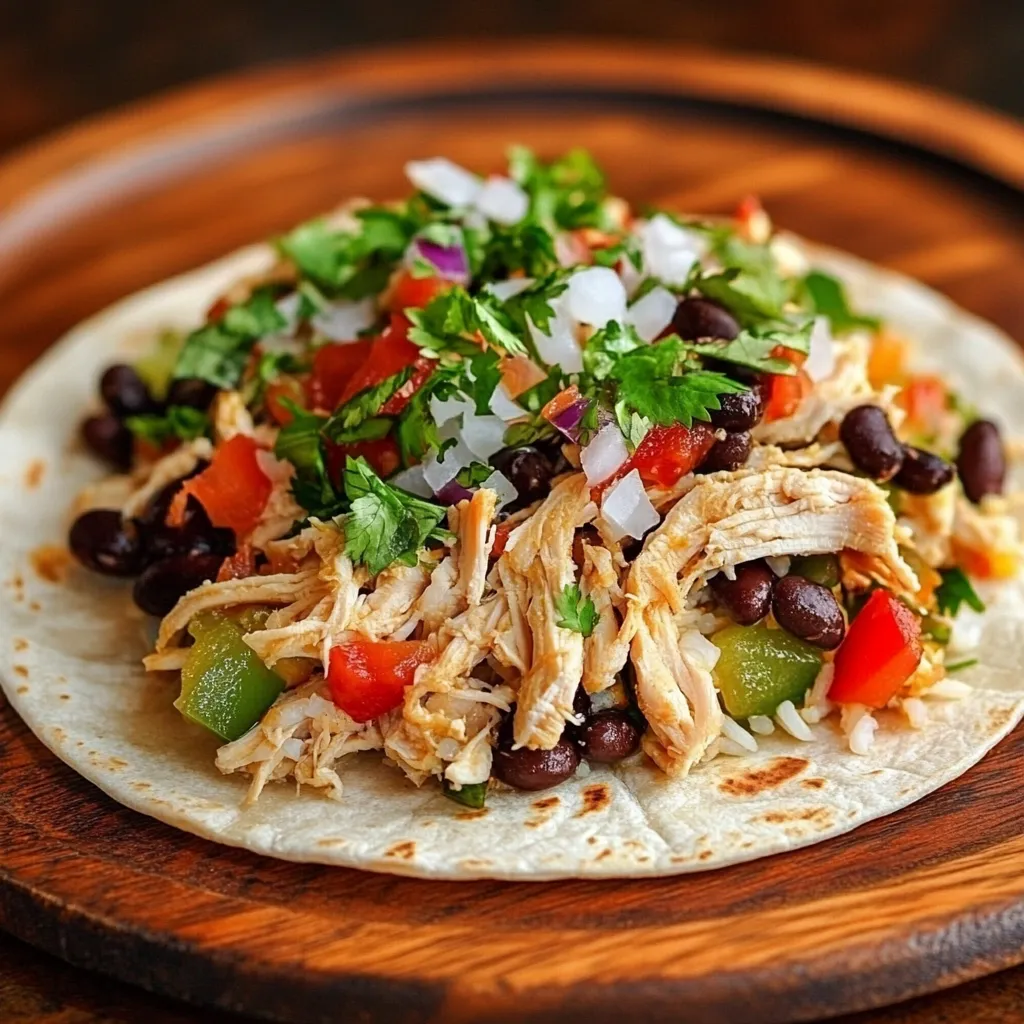
The Art of Marination
The journey begins with properly marinated chicken. Combine your chipotle chili powder, cumin, and oregano in a small bowl first - this ensures even distribution of spices. Add minced garlic, apple cider vinegar, and olive oil to create a paste-like consistency. When coating your chicken, massage the marinade in with your hands (wearing gloves if you prefer). This intimate contact with the meat ensures better flavor penetration than just tossing it together.
Perfect Protein Preparation
Heat your skillet until it's properly hot - a drop of water should dance across the surface. Add your marinated chicken pieces without crowding the pan; overcrowding leads to steaming rather than proper browning. The key is achieving that caramelized exterior while maintaining a juicy interior. After cooking, let the meat rest for a full 5-10 minutes before cutting. This rest period is crucial for redistributing the juices.
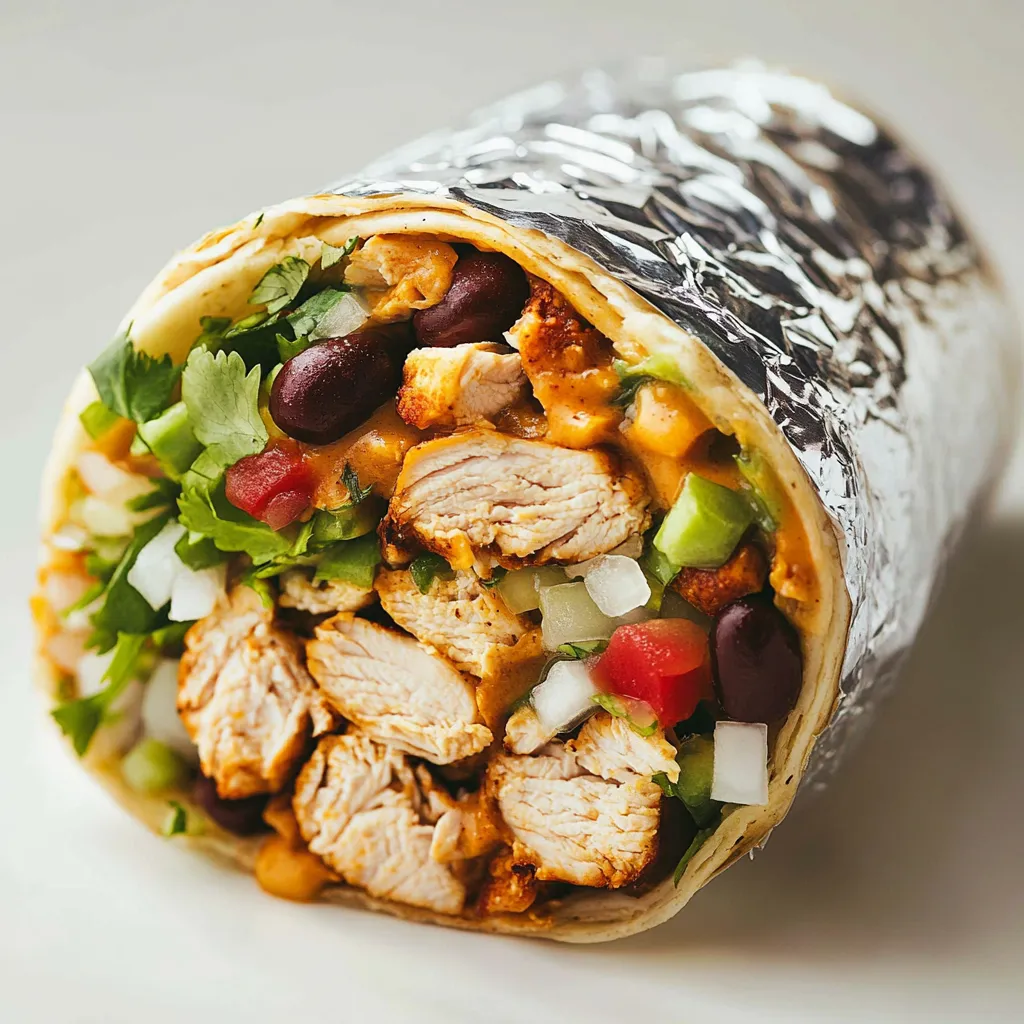
Mastering the Fajita Vegetables
The secret to restaurant-quality fajita vegetables lies in proper heat and timing. Slice your peppers and onions uniformly - this ensures even cooking. Heat your pan until it's smoking hot before adding the vegetables. You want to achieve that characteristic char while maintaining some crispness. Don't stir too often; let them develop color on each side.
Rice Perfection
Start with properly rinsed rice - this removes excess starch and prevents clumping. While cooking, resist the urge to lift the lid or stir. Once done, fluff with a fork and let it rest for five minutes before adding your lime juice and cilantro. The residual heat helps the flavors meld together beautifully.
Black Bean Enhancement
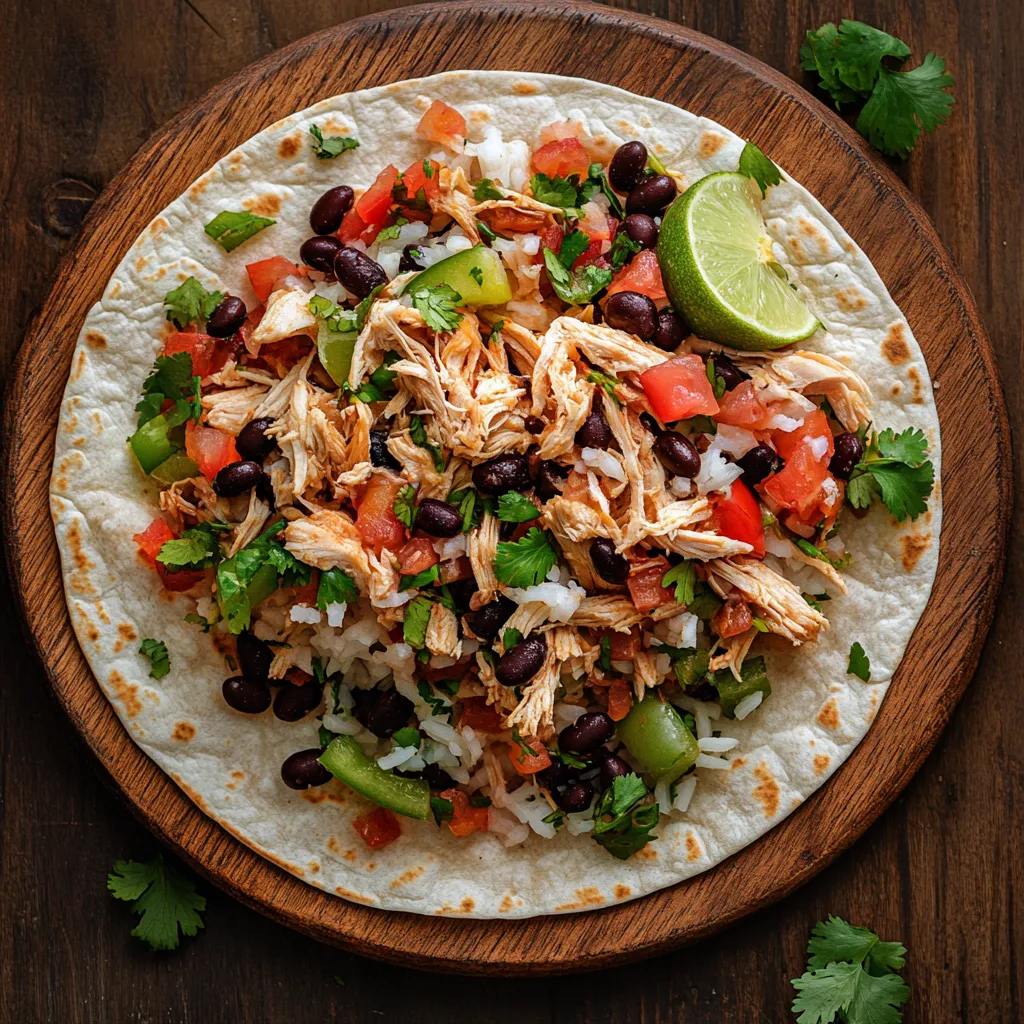
Transform ordinary canned black beans into something special. Sauté minced garlic in olive oil until fragrant, then add your drained beans. A splash of lime juice and a pinch of cumin wake up the flavors. Let them simmer gently while preparing other components - they'll absorb all those wonderful seasonings.
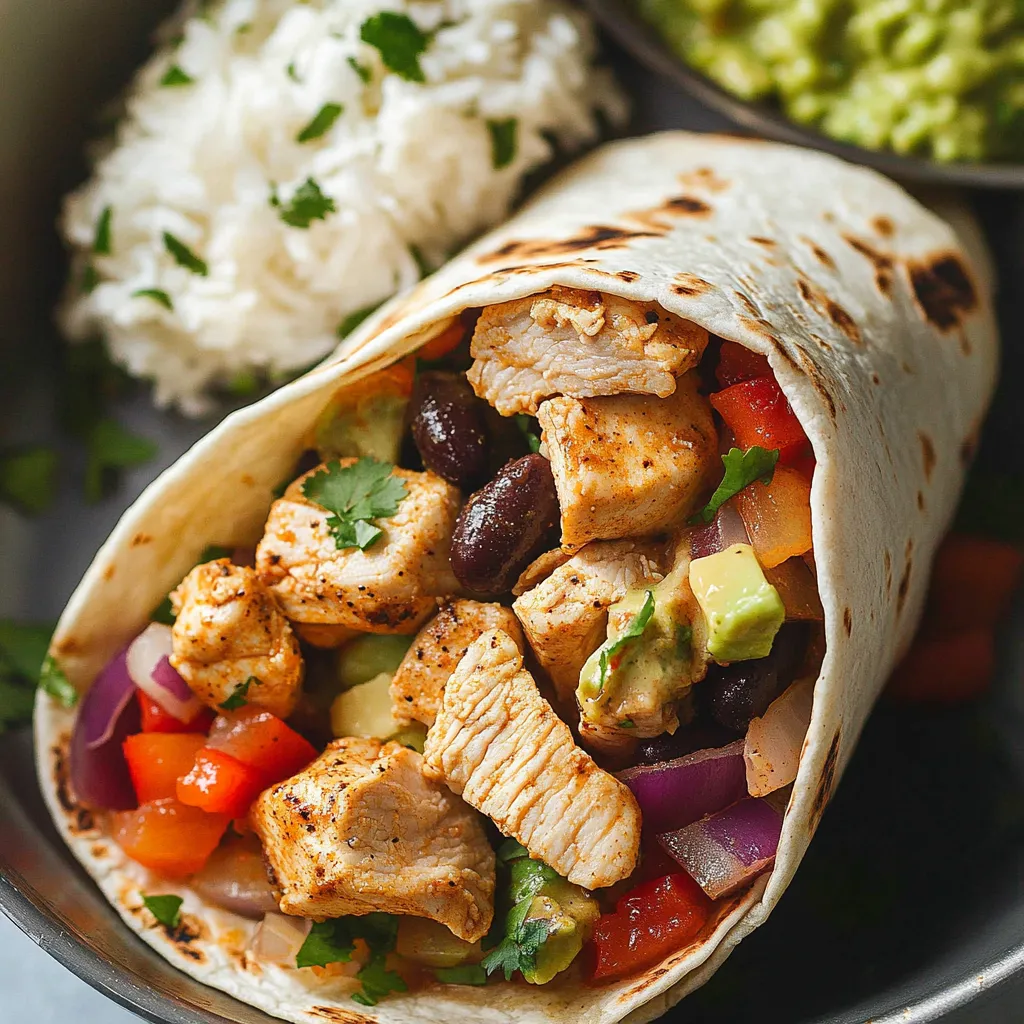
Assembly Mastery
Lay your warmed tortilla flat and place a strip of rice slightly below center, leaving at least two inches on either side. The rice acts as a foundation, soaking up flavors from other ingredients. Layer your beans next to the rice, not on top - this prevents the burrito from becoming too dense in the middle.
Personal Reflection
My journey with this recipe began from a place of curiosity and frugality - wanting to recreate a favorite restaurant dish at home. What started as a simple money-saving effort evolved into a deeper appreciation for the craft of burrito-making. Each component taught me something new about flavor building and technique.
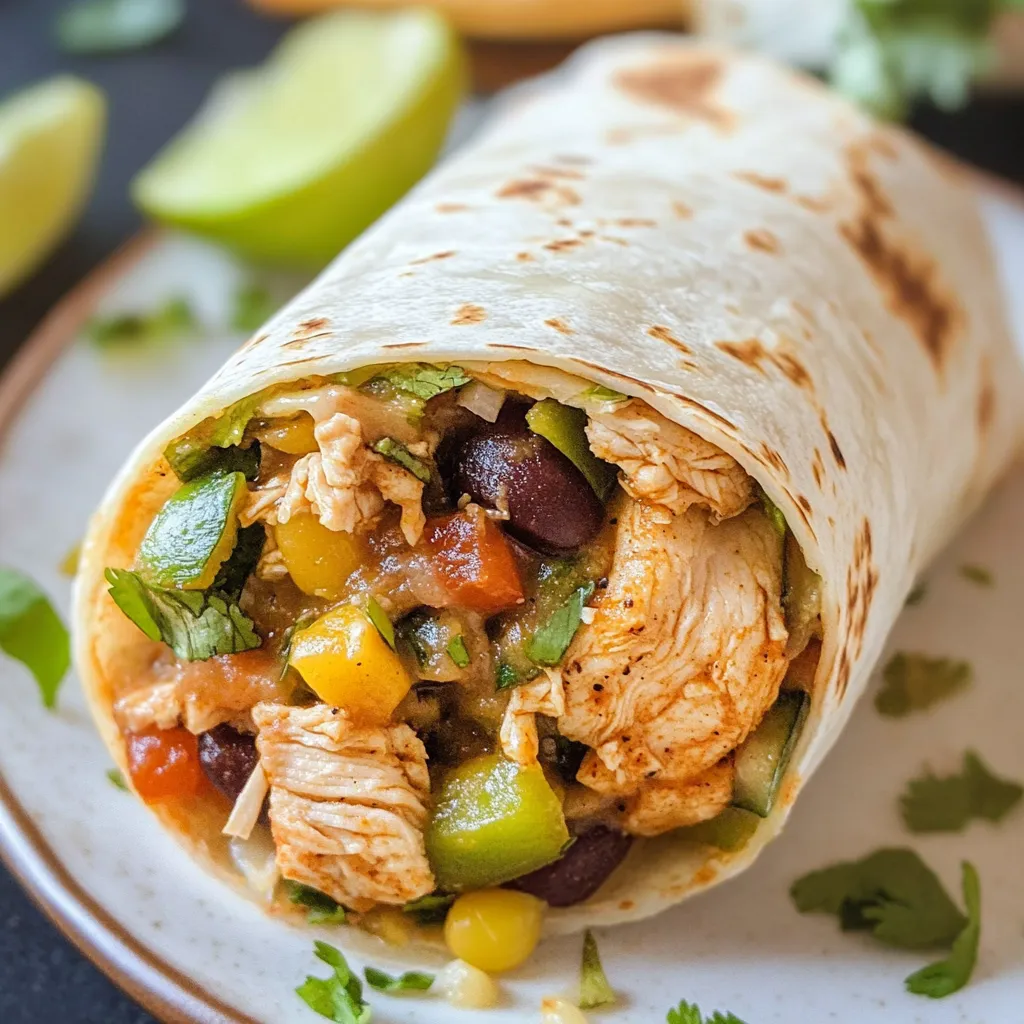
Cultural and Historical Context
The modern burrito, particularly Chipotle's interpretation, represents the evolution of Mexican cuisine in American culture. While traditionalists might argue about authenticity, this version showcases how food adapts and grows across cultures and generations. This recipe honors those innovations while bringing the control back to your kitchen, celebrating the balance of customization and consistency.
Extended Final Thoughts
Creating the perfect Chipotle-style burrito at home is about understanding how each component contributes to the whole experience. Through countless iterations, I've discovered that success lies not just in the recipes but in the technique and timing. A well-made burrito is a symphony of flavors and textures, each bite offering a perfect balance of its components.
Recipe FAQs
- → Can I prep these ahead of time?
- Yes! All components can be made ahead and assembled when ready. Store wrapped burritos up to 3 days in fridge.
- → What makes these taste like Chipotle's?
- The key is marinating the chicken with chipotle powder and specific spices, plus making authentic cilantro-lime rice.
- → Can I freeze these burritos?
- Yes, wrap tightly in foil and freeze up to 3 months. Thaw overnight before reheating.
- → How spicy are these burritos?
- Adjust the chipotle chili powder amount to control spiciness. Regular chili powder can be substituted for milder taste.
- → What's the best way to warm the tortillas?
- Wrap in damp paper towels and microwave 30 seconds for soft, pliable tortillas that won't crack when rolling.
